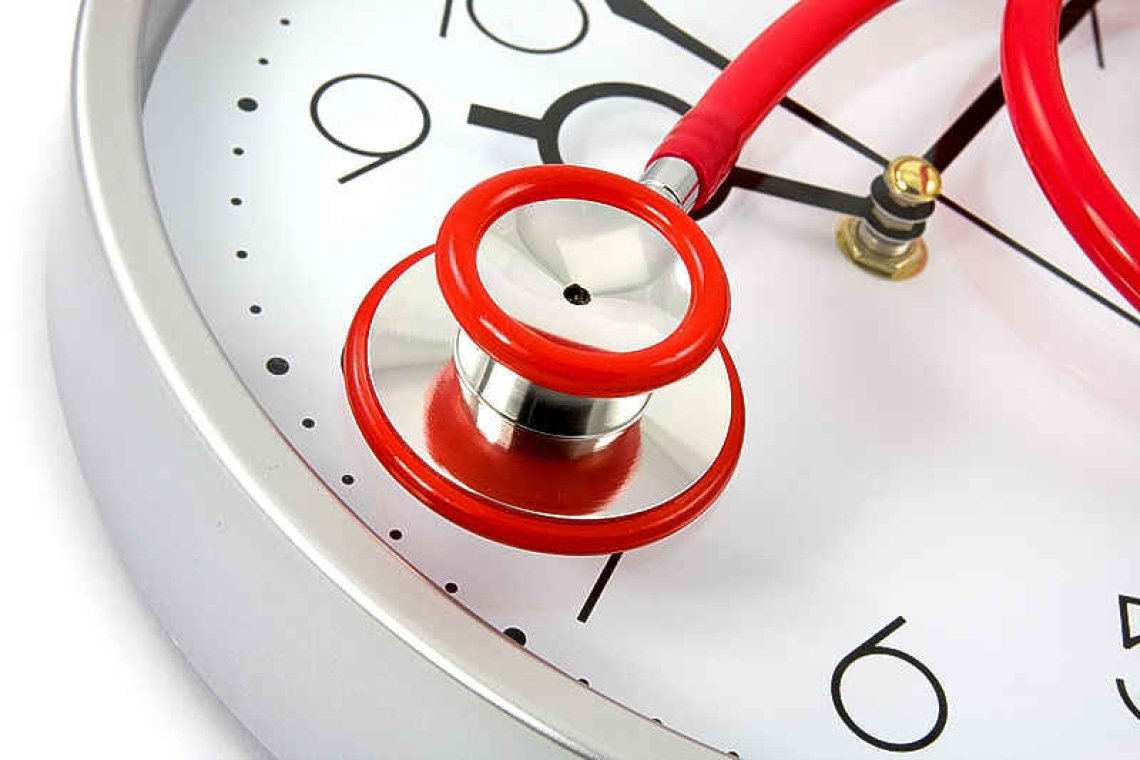Dr. Colin Michie
And the rhythm of life is a powerful beat,
Puts a tingle in your fingers and a tingle in your feet,
Rhythm in your bedroom, rhythm in the street,
Yes, the rhythm of life is a powerful beat.
––“Sweet Charity” Broadway musical, Cy and Dorothy
Beneath the hustle and bustle of daily activities, our metabolism and sleep, our temperatures and blood pressures follow rhythms – the clocks of our lives. These operate subconsciously, like a reassuring heartbeat.
An area of the brain lying over the optic nerves, behind our eyes, controls these rhythms by leading with a 24-hour beat – a central pacemaker. Almost all cells have similar machinery within them to guide their own rhythms. These indeed put tingles in your fingers and feet, your tissues and organs. They are all synchronised, day-to-day, by the brain pacemaker, the suprachiasmatic nucleus. This director of rhythms has inputs from the retinas to inform it of the day/night light cycle, the sunshine in our environment. Should we be placed in continual darkness, the suprachiasmatic nucleus will continue to keep many of our functions on a 24-hour rhythm.
If you imagine yourself as a cell, using the DNA in your genes to manufacture proteins, you would find that about half of these genes follow cellular rhythms. This shows in different measurements of bodily functions. Measurements show that most humans have low temperatures and blood pressures in the early morning, for instance. These rise after waking. Hormonal tests show low levels of cortisone at 3:00 to 5:00am, which means inflammation becomes more of a problem at this time.
Immune cells have lower levels of many defence mechanisms in the middle of the night – they have a “down time” at this point in their day. Traffic of immune surveillance cells out of the circulation to conduct immune surveillance in tissues is greater during the day, with fewer cells moving into tissues in the middle of the night. The pineal gland in the brain, just above the suprachiasmatic nucleus, makes the hormone melatonin at night. Melatonin reduces our alertness, making us sleepy.
As with any musical score, although rhythms may be powerful, they differ between us. Their tempo can change too when our personal director of rhythms can be overruled by activities. Waking early for a school day, staying up late for a party or changing to a new meal pattern will all force the suprachiasmatic nucleus to amend its rhythms a little. Exercise requires an increase in oxygen supply, so that a raised heart rate and blood pressure will be required to manage your new early morning gym routines.
The importance of these rhythms becomes clear when they are changed by work or lifestyles. Shifts and nocturnal working have become more common in many communities and industries. These often lead to shift-work sleep disorders that can disrupt normal metabolic rhythms. They can lead to a range of health problems too including higher blood pressures. Raised blood pressure is a silent global pandemic that impacts on our hearts, kidneys and blood vessels.
In the brain, it causes microinfarcts, microbleeds, dementias and strokes. Hypertension has become the main cause of death and disability in women and men. Shift work can also cause increases in inflammatory illnesses: higher rates of type 2 diabetes and troublesome asthma have been described. Behavioural changes such as irritability, stress and anxiety, possibly higher rates of depression are also seen.
Taking the rhythms of life into account could allow us to sleep better and tackle blood pressure problems earlier. Treatments could be adjusted with this in mind too: giving medication for high blood pressure is likely to be more effective if treatment is given at night. Even small falls in blood pressure result in reductions in heart attacks and stroke over time.
Timing other treatments to match our rhythms may improve their effectiveness. Because we know that inflammation becomes worst early in the morning, leading to joint pain in rheumatoid arthritis, for example, we should try to give pain relief that works at 4:00am. This means that a modified release or delayed action painkillers and corticosteroid medications will be more effective if taken last thing at night, rather than during the day.
Our biological rhythms are worth listening to. Disrupting them can lead to poor health. We are, after all, made of ancient stuff that did not allow for modern lifestyles. One practical improvement many might consider is reducing our caffeine intake. This is likely to improve the quality of our sleep. For the elderly, it can have the added benefit of reducing falls and accidents related to a rush for the toilet. Removing caffeinated drinks in some units for the elderly have shown remarkable benefits.
So how might you help your body clock work more smoothly?
Useful resources:
https://blogs.cdc.gov/niosh-science-blog/2020/06/29/sleep-hwd/







